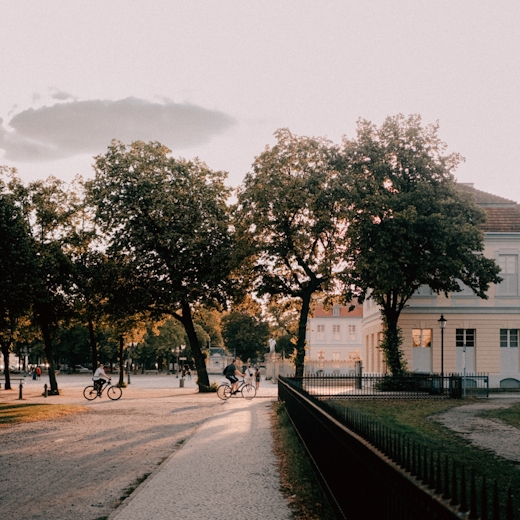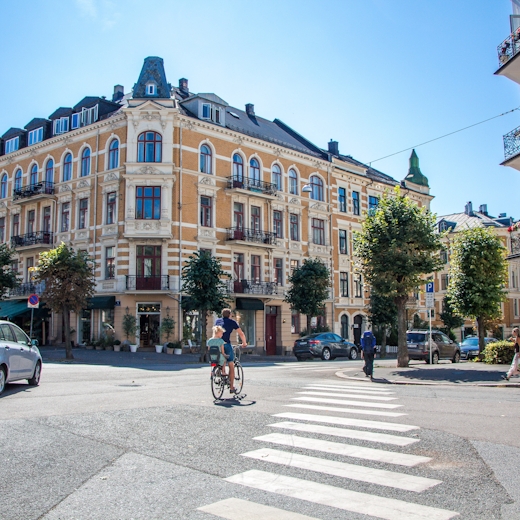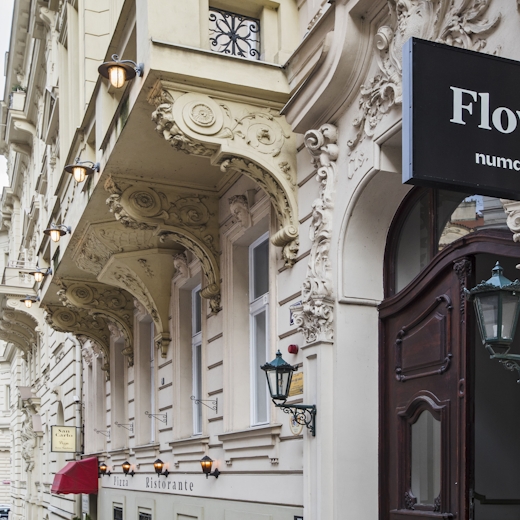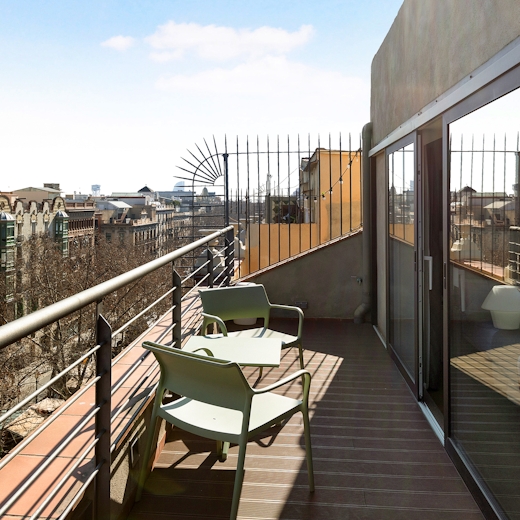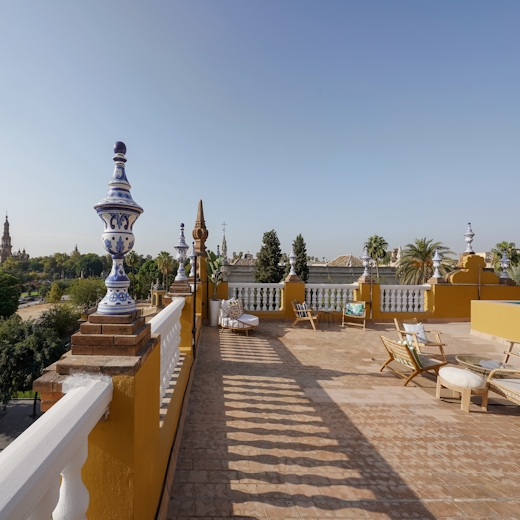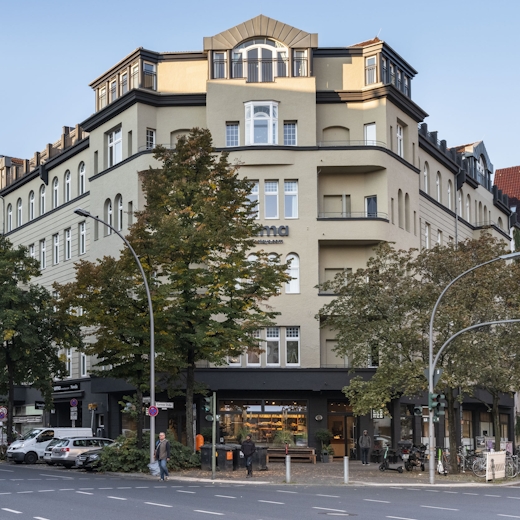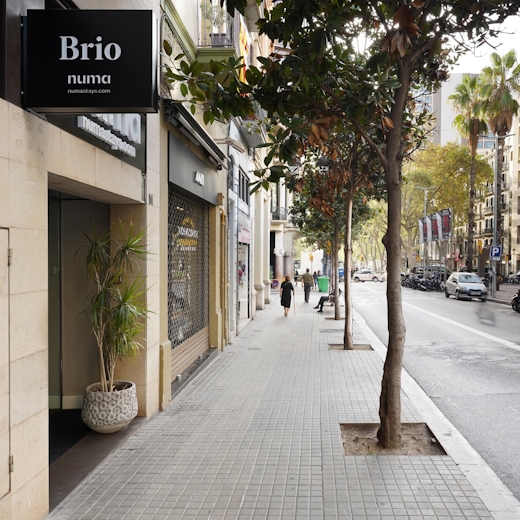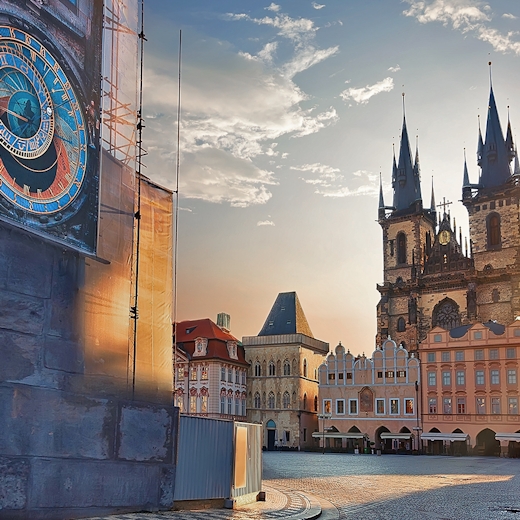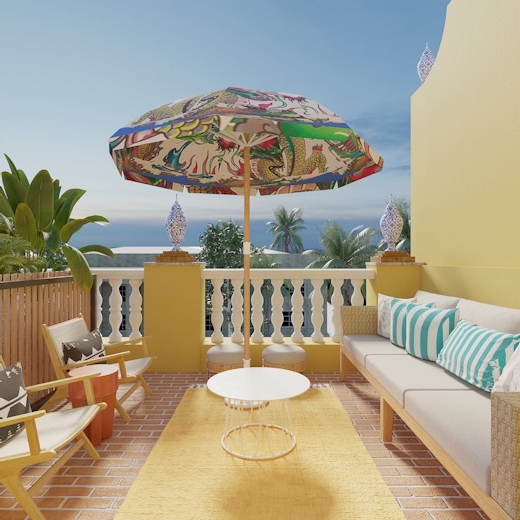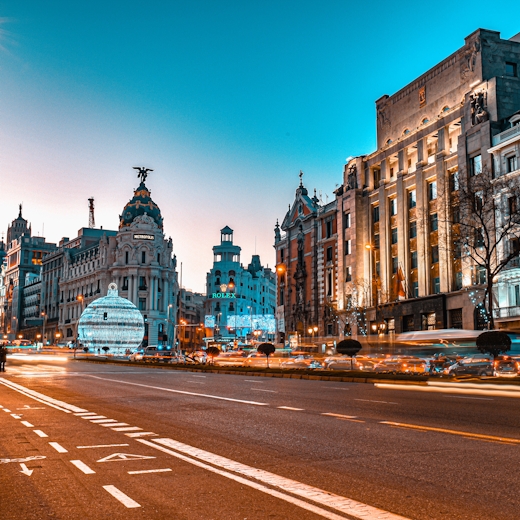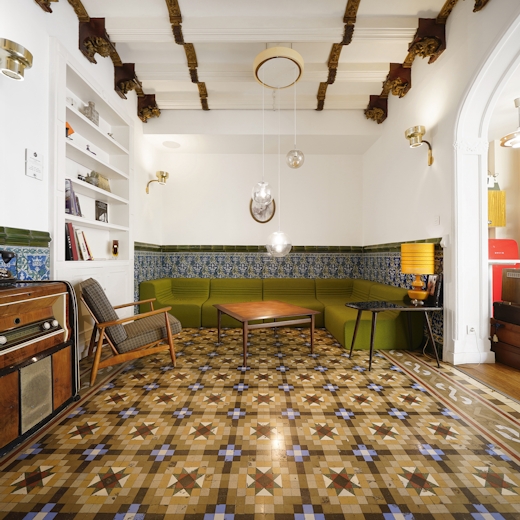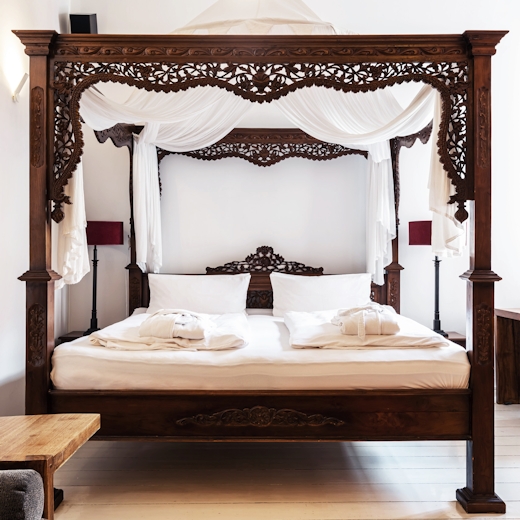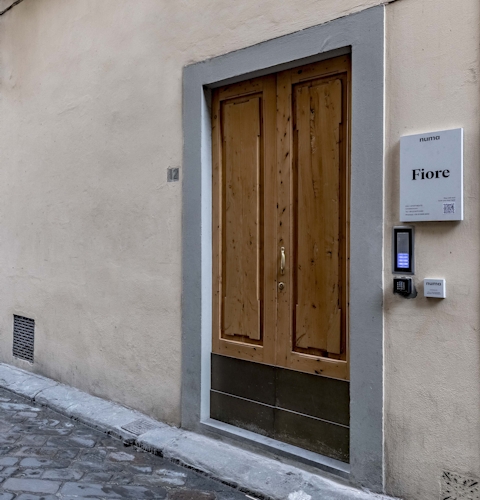
Introducing Fiore—A ‘blooming’ travel experience
01/2023 - Martina Papagni
Fiore ‘blooms’ with history and personality
Fiore was designed to represent the history and essence of Florence best. The name itself, which means "Flower" in Italian, reflects the ancient origins of the city, which already in Etruscan times was called Florentia, meaning "city of bloom" in Latin. It is, therefore, no coincidence that our flats are located in one of the city's most charming streets, Via Delle Terme, in the heart of the historic centre. Just like Florence, this road also enjoys a rich and fascinating history. Known for its medieval towers and palaces, the street's name recalls the ancient Roman thermal baths, which received water from a sophisticated water system that began on Mount Morello. With the barbarian invasions, the thermal baths fell into disuse, and this area later became home to numerous towers (the so-called 'scapitozzate') and fortresses erected by wealthy landowning families.
Discover Florence from an unusual perspective
Florence is considered one of the world's must-see destinations, with some of the world's most extraordinary museums and monuments, a glorious history, and a vibrant, fashionable, and international present scenario. However, it takes time to truly understand this multifaceted city and discover all the different perspectives from which to observe it to grasp its beauty nuances. Aside from being within walking distance of Florence's main attractions, Fiore also provides an unconventional view of Dante's city - the Lungarno, which hosts one of Florence's most iconic landmarks, Ponte Vecchio. Strolling past bars, ice-cream parlours, shops, and the glittering windows of goldsmiths and jewellers (which will undoubtedly strain your wallet), you'll be able to savour the authentic Florentine atmosphere, until reaching the iconic Piazzale Degli Uffizi, with its splendid and world-famous art gallery that includes works by Giotto, Cimabue, Botticelli, Leonardo, Michelangelo, and Raffaello. However, for those who don't want to miss the sights and attractions that have made Florence world-famous, the 16th-century Piazza Della Signoria, dominated by Palazzo Vecchio, is just a short walk away from Fiore. Other important landmarks, like the complex of Santa Maria del Fiore with the legendary Brunelleschi dome and majestic Giotto bell tower, can be easily reached by foot from Piazza Della Signoria.
But here's a treat that locals in Florence love and cherish: the Bridge of Santa Trinita. Much less crowded than the nearby Ponte Vecchio, this bridge was built in 1567 and easily connects the centre of Florence with the Oltrarno, a district full of bars, restaurants, and the stunning Piazzale Michelangelo. With its elegant structure and the statues of the seasons adorning it, the charm of this bridge is unique - especially at sunset.
Your getaway to the secrets of Florence
For centuries, statues, monuments, paintings, poems, and literary works have told the story of Florence and its history, immortalizing every detail of this Italian jewel. Due to its global fame, Florence appears to have no more secrets. Nothing could be further from the truth! Florence is still full of small yet fascinating stories you may have yet to discover. All you need to do is walk around, pay attention to spot lesser-known details, and savour the city's most authentic essence. Here are a few to sharpen your curiosity.
As you gaze in awe at the majestic cathedral of Santa Maria del Fiore, pay attention to the small bull carved on its side. According to popular legend, a beautiful lady married to a tailor was cheating on her husband with a carpenter who worked on the decorations of the cathedral, which would allegedly have represented the 'cuckold' as a sign of mockery! Oh, well, even in ancient folk legends, Florence retains its artistic charm.
If you feel like time never goes by while wandering around Florence, that must be because there's a clock going backwards inside the Duomo.
Turning your back to the altar, you will see an unusual clock painted by the artist Paolo Uccello. The clock has the Roman numerals from one to twenty-four portrayed in a counter-clockwise direction and ends its path at sunset instead of midnight. Although this latter choice probably stems from the 'Hora Italica' (used in the 15th century), the reason behind the hours written backwards remains a mystery to this day.
And last but not least, did you know that the rock of Dante is right in the centre of Florence, between Piazza Delle Pallottole and Via Dello Studio?
It is a rock on which the poet loved to sit to admire the work on the Santa Maria in Fiore building site, but according to the tale, a man approached him and asked what his favourite dish was. Telegraphically, the poet replied, 'Boiled eggs'. A year later, the same wayfarer found Dante in the same spot and asked him: "With what?". The poet, remaining concentrated and absorbed in his thoughts, answered him "with salt". Well, it’s no wonder the Supreme Poet was not known for his comic skills.
Share
Similar reads

- © numa group SE. All Rights Reserved.

